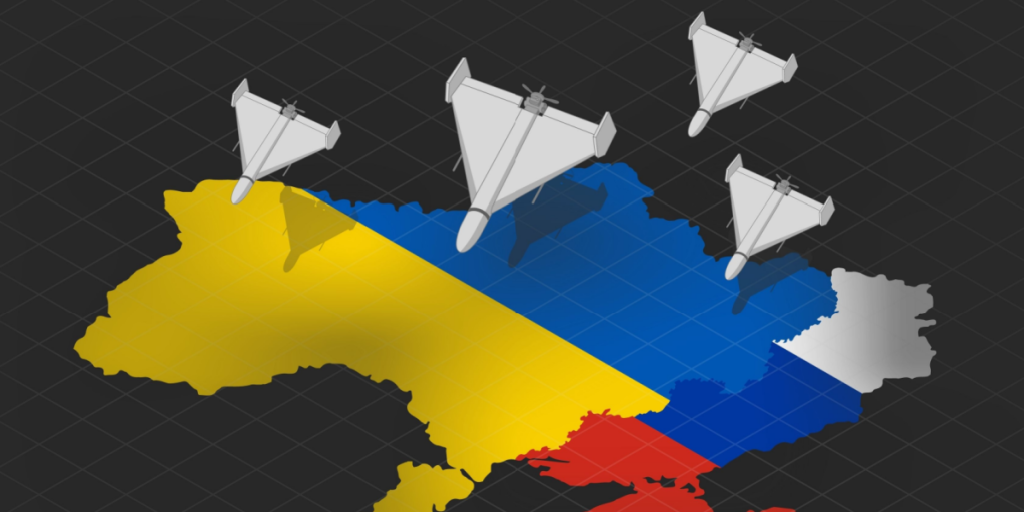A chilling new twist in Russia’s drone warfare has emerged in Ukraine. Modified Shahed drones now carry bomblets designed to explode hours after impact—targeting not just cities, but those who come to help. Here’s what investigators have found.
Others are reading now
A chilling new twist in Russia’s drone warfare has emerged in Ukraine. Modified Shahed drones now carry bomblets designed to explode hours after impact—targeting not just cities, but those who come to help. Here’s what investigators have found.
Delayed-Action Death: The Kharkiv Discovery
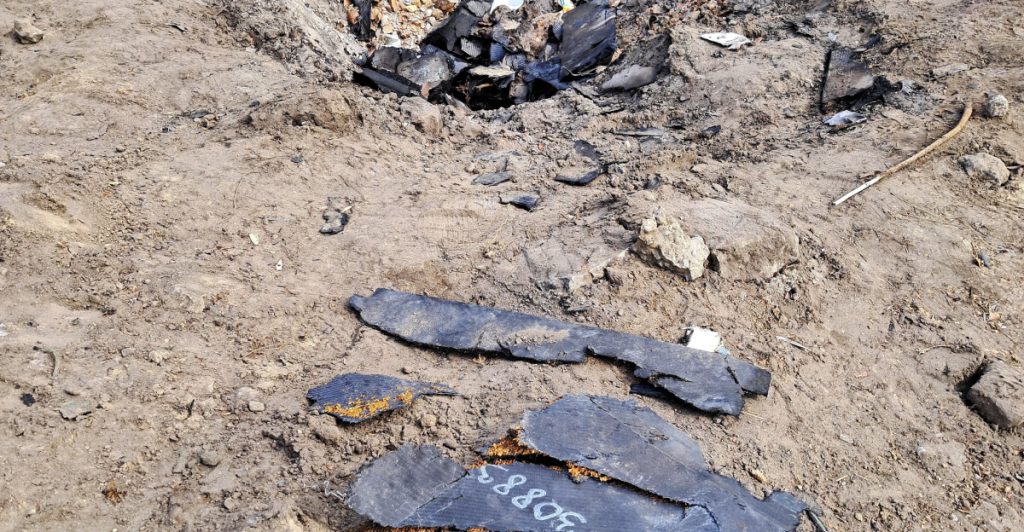
In Kharkiv, Ukrainian officials found Shahed wreckage containing shrapnel bomblets with detonation delays of up to 20 hours. The modifications may be designed to injure emergency responders or returning civilians long after the initial strike.
War Crime Potential: Cluster Bombs in Cities
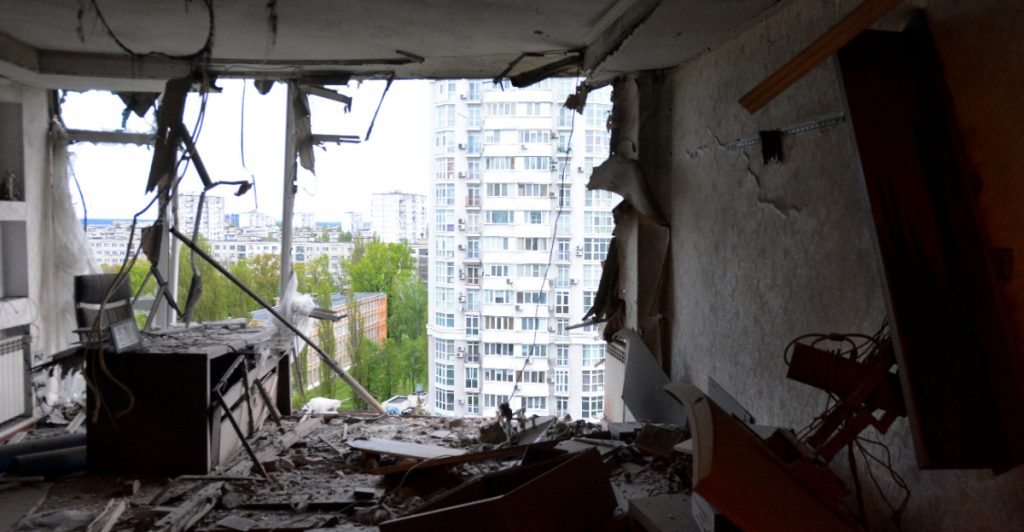
The use of cluster munitions in civilian areas is already internationally condemned. Adding time-delayed explosives could constitute a calculated attempt to maximize civilian suffering and provoke fear over prolonged periods.
Drone Storms: Over 400 Shaheds in a Day

Recent Russian assaults have involved more than 400 drones in a single wave. While most are intercepted, many reach residential areas, making it nearly impossible to protect all urban zones effectively.
Also read
The Shahed-136: Crude but Cruel
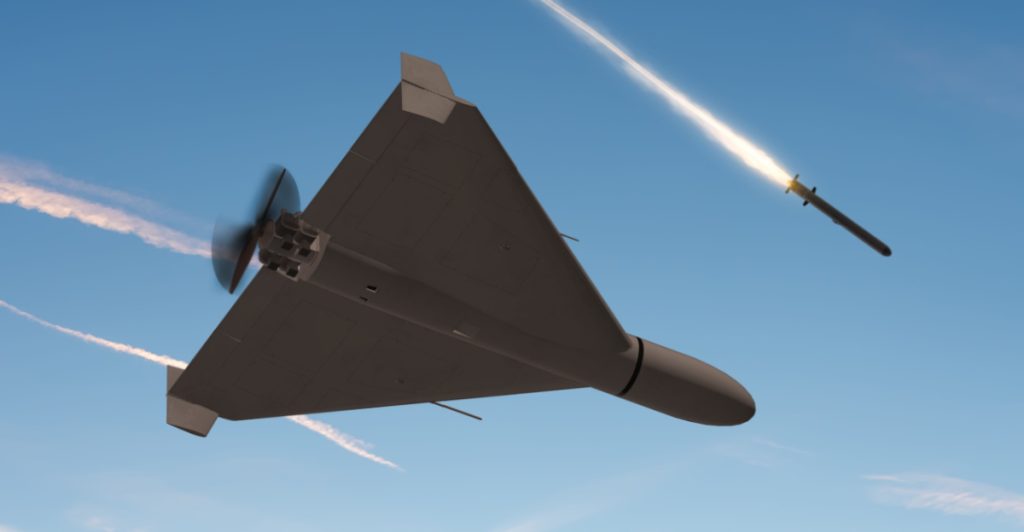
The Shahed-136 has no precision guidance. Powered by a Chinese copy of a German engine and relying on commercial GPS, it can carry 90 kg of explosives across 2,000 km—hitting whatever gets in its path.
Designed for Chaos, Not Accuracy
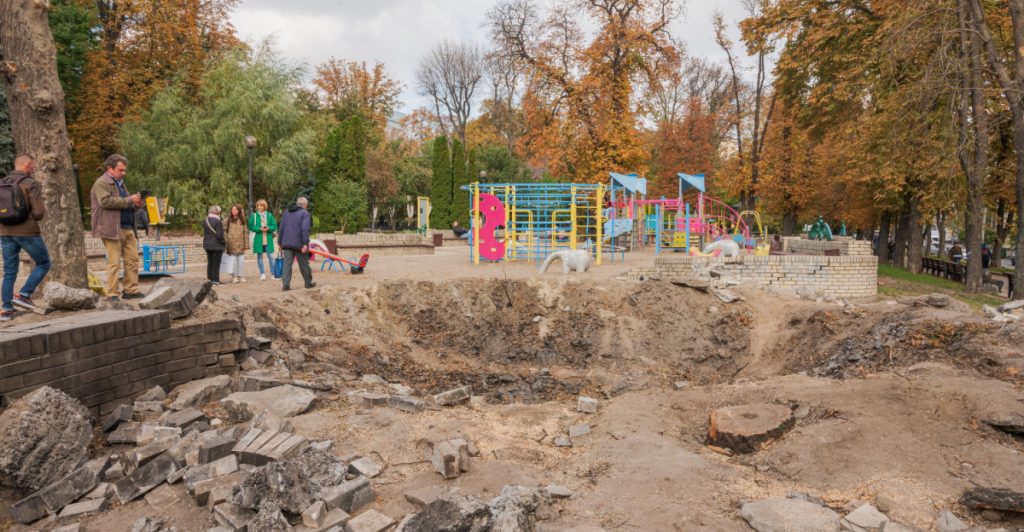
With no obstacle avoidance or target selection, Shaheds explode indiscriminately. Their use alongside cruise missiles like the Ch-101 makes them tools of chaos, not conventional warfare.
Tracking Ukrainian Defenses with SIM Tech
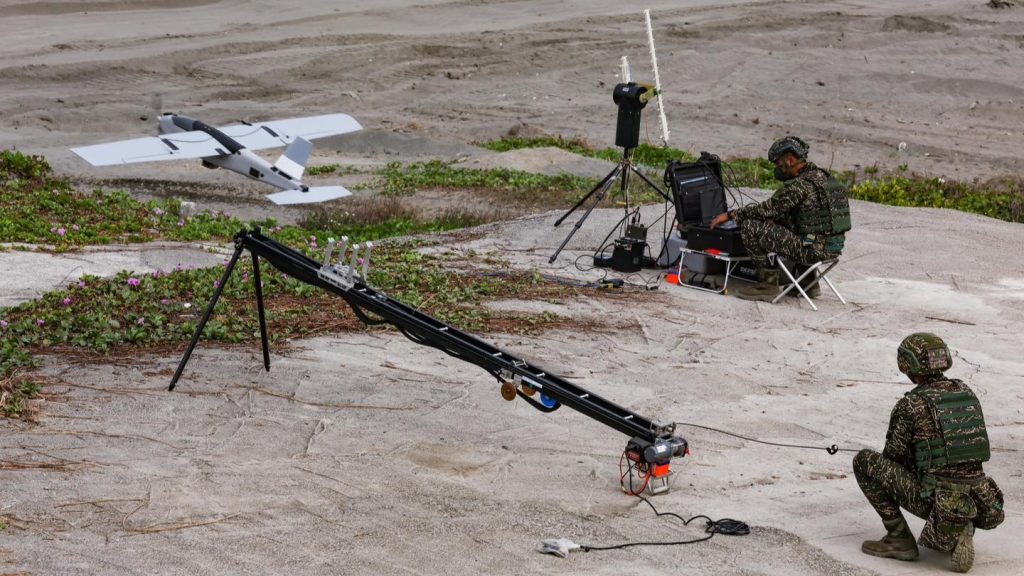
Some drones are equipped with SIM-based routers that detect signal loss when shot down. This data helps Russia map weaknesses in Ukraine’s anti-drone systems for future targeting.
A New Kind of Terror Weapon
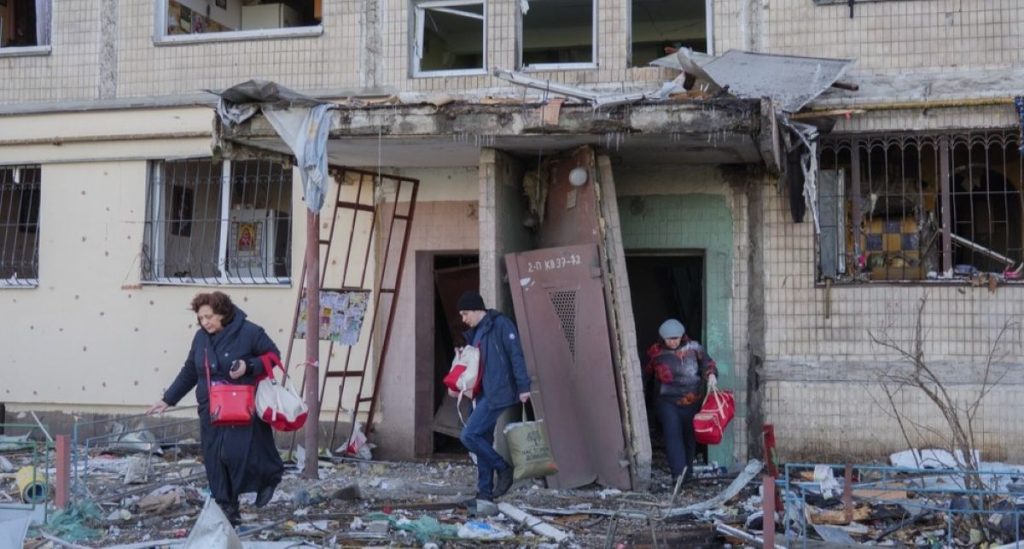
More than battlefield tools, these drones aim to sow fear and confusion. By targeting civilians and aid workers long after the initial strike, they represent a brutal evolution in psychological warfare.

